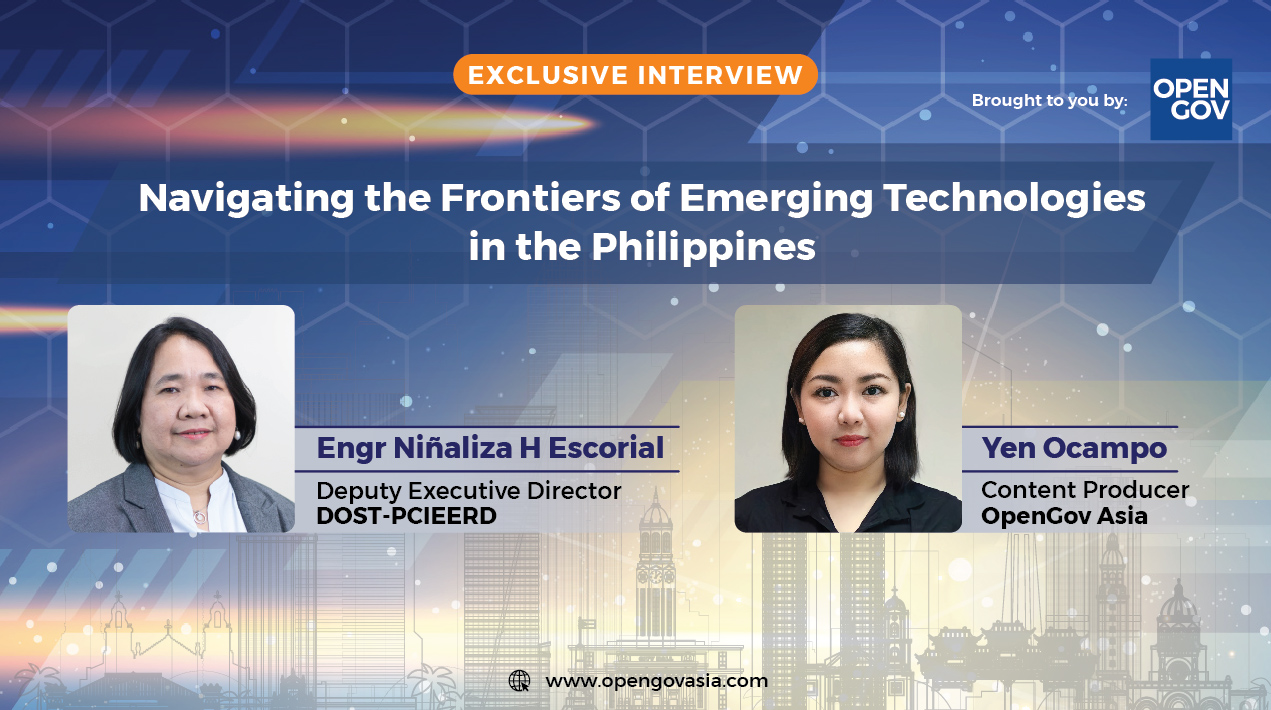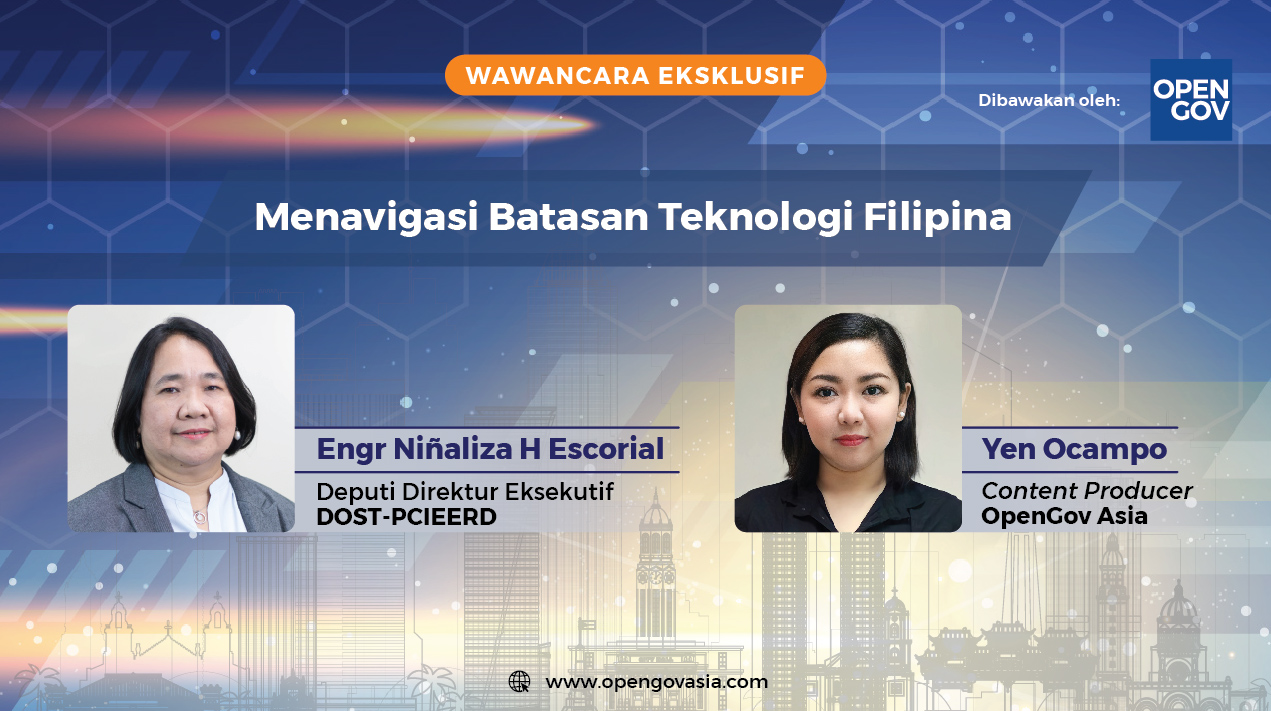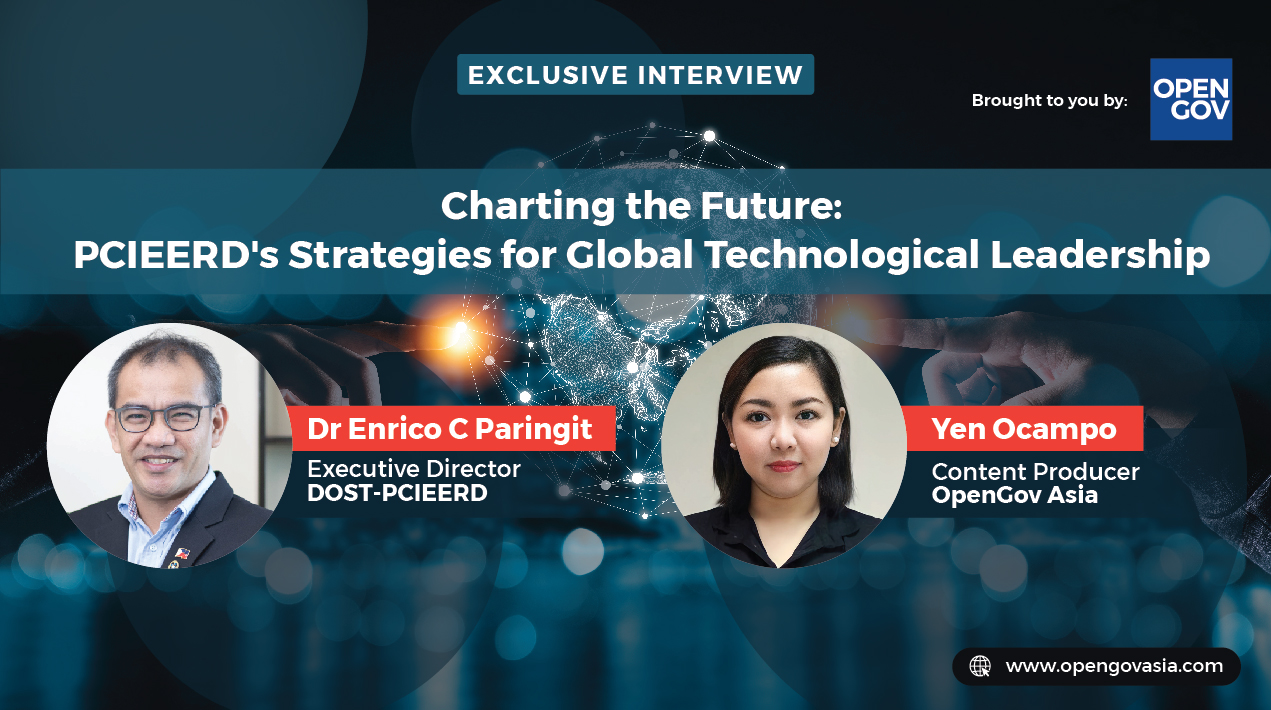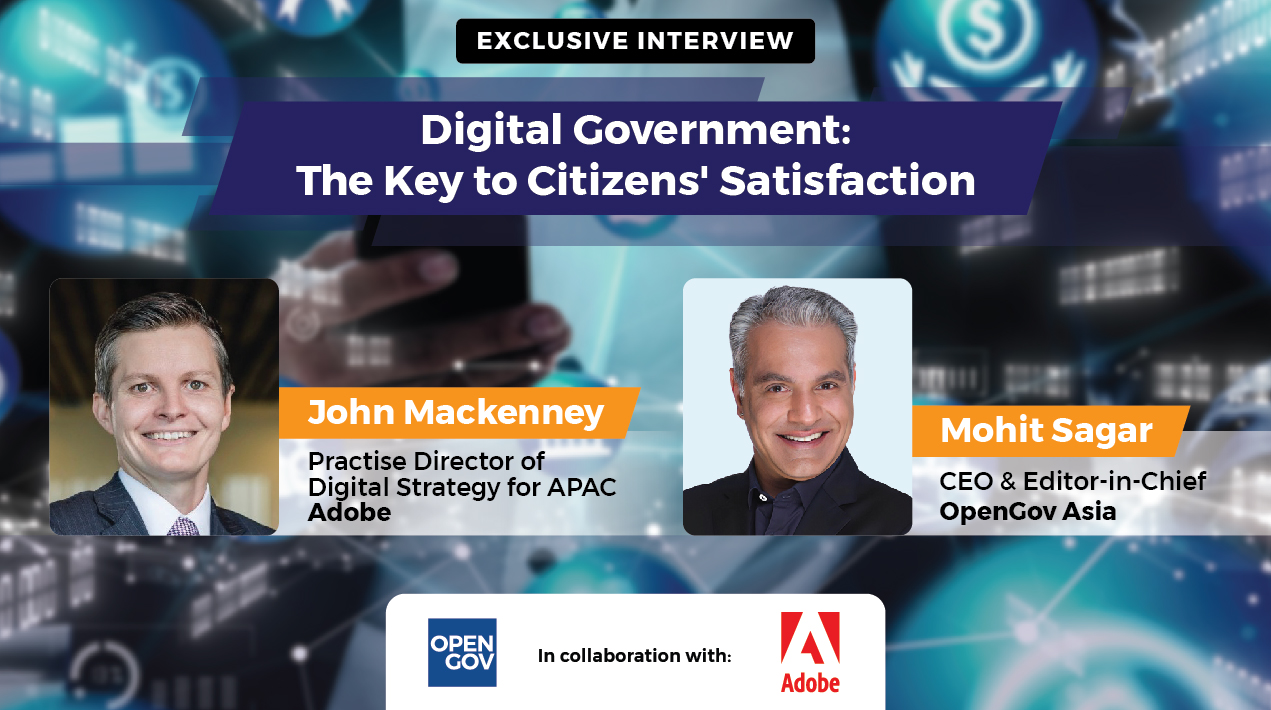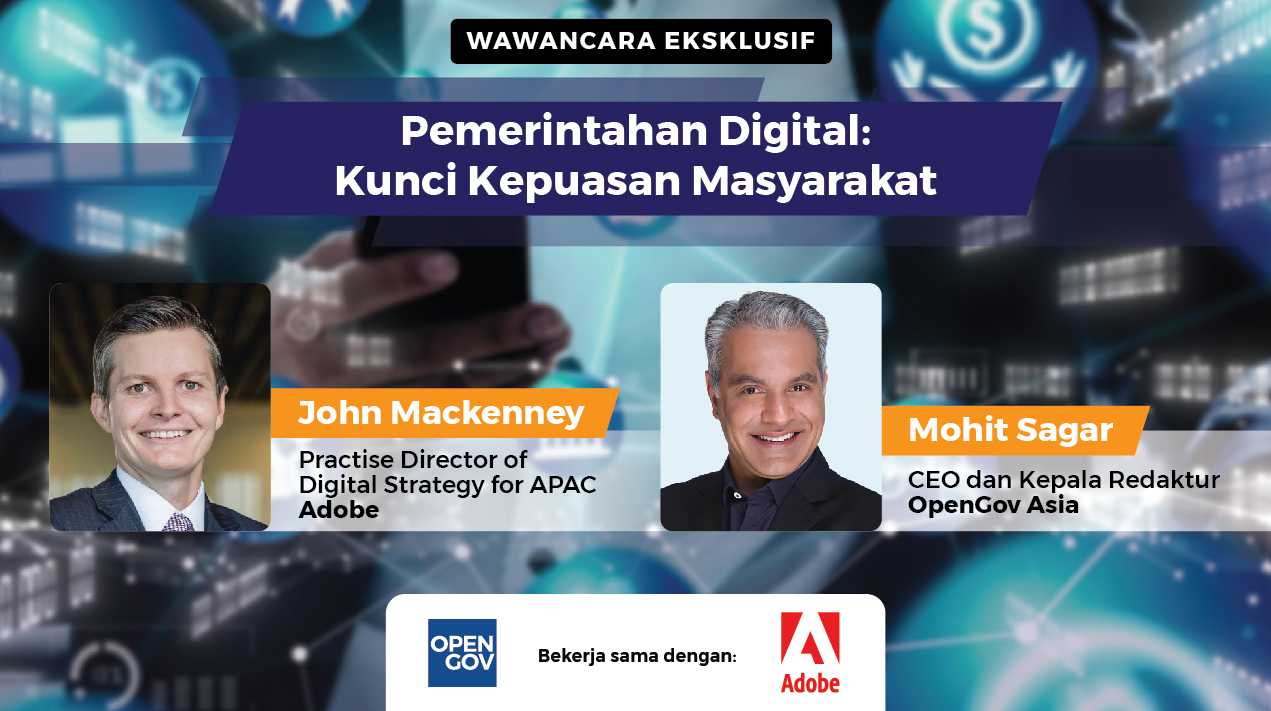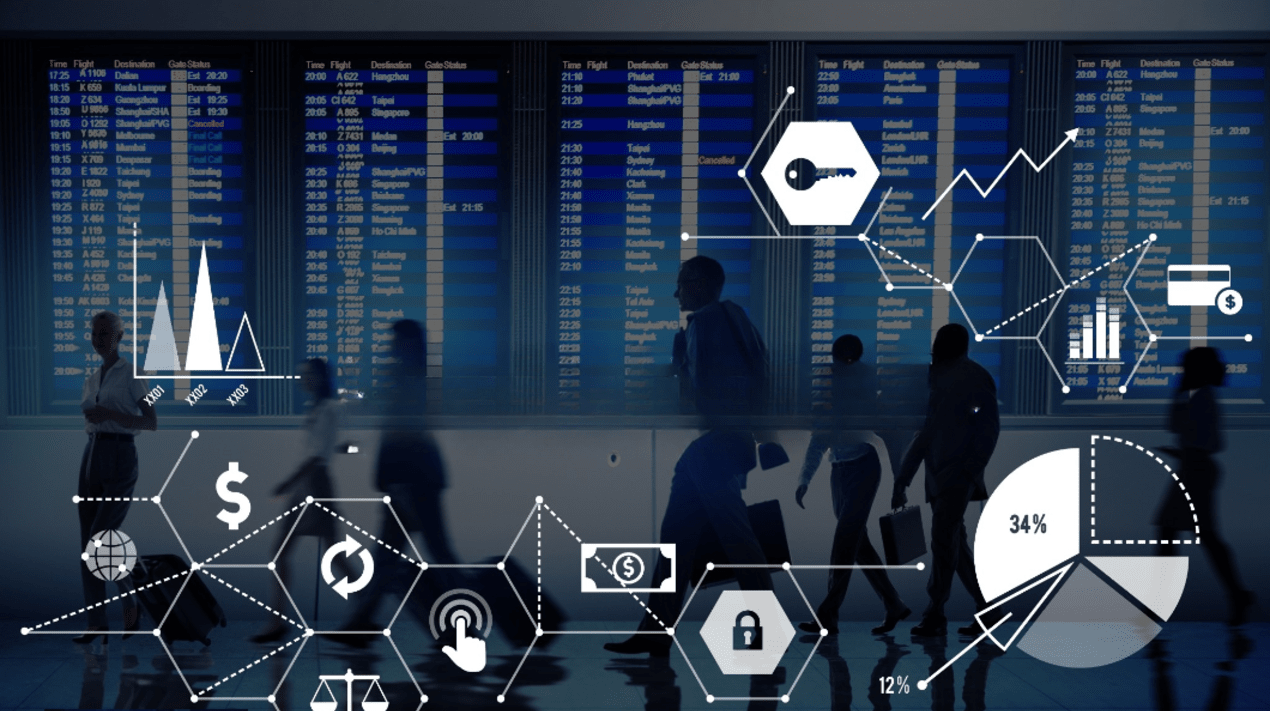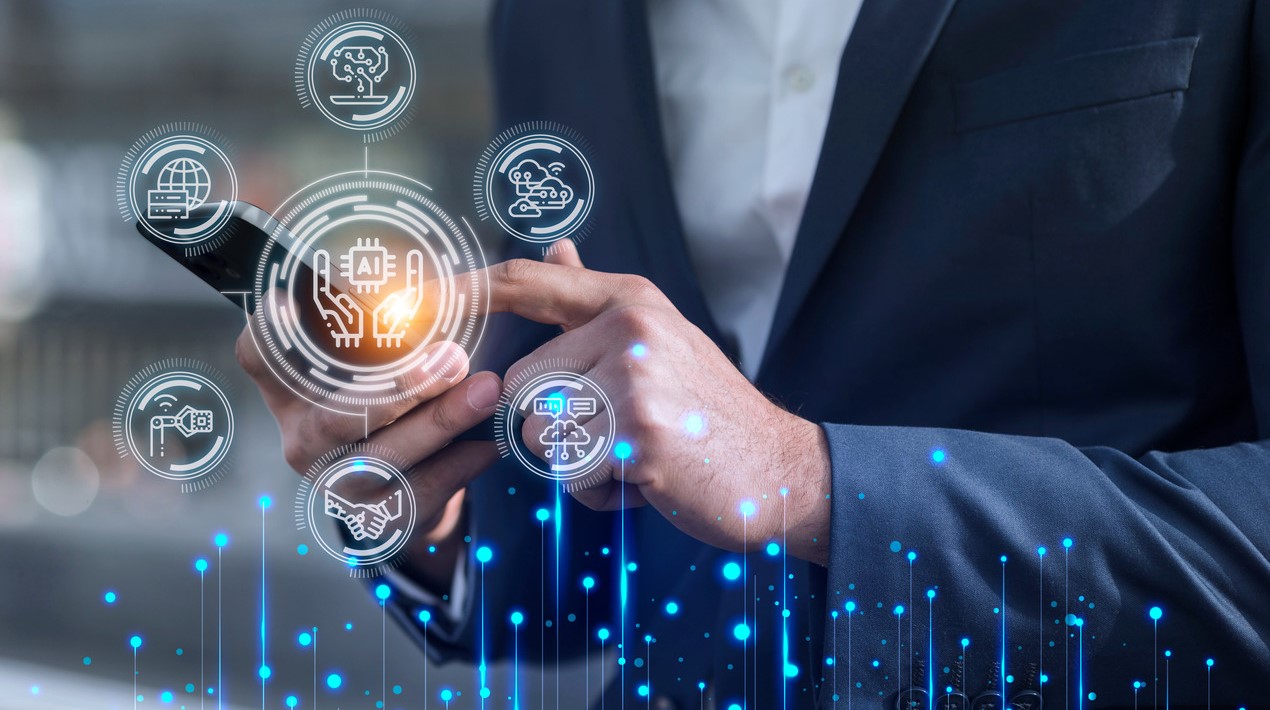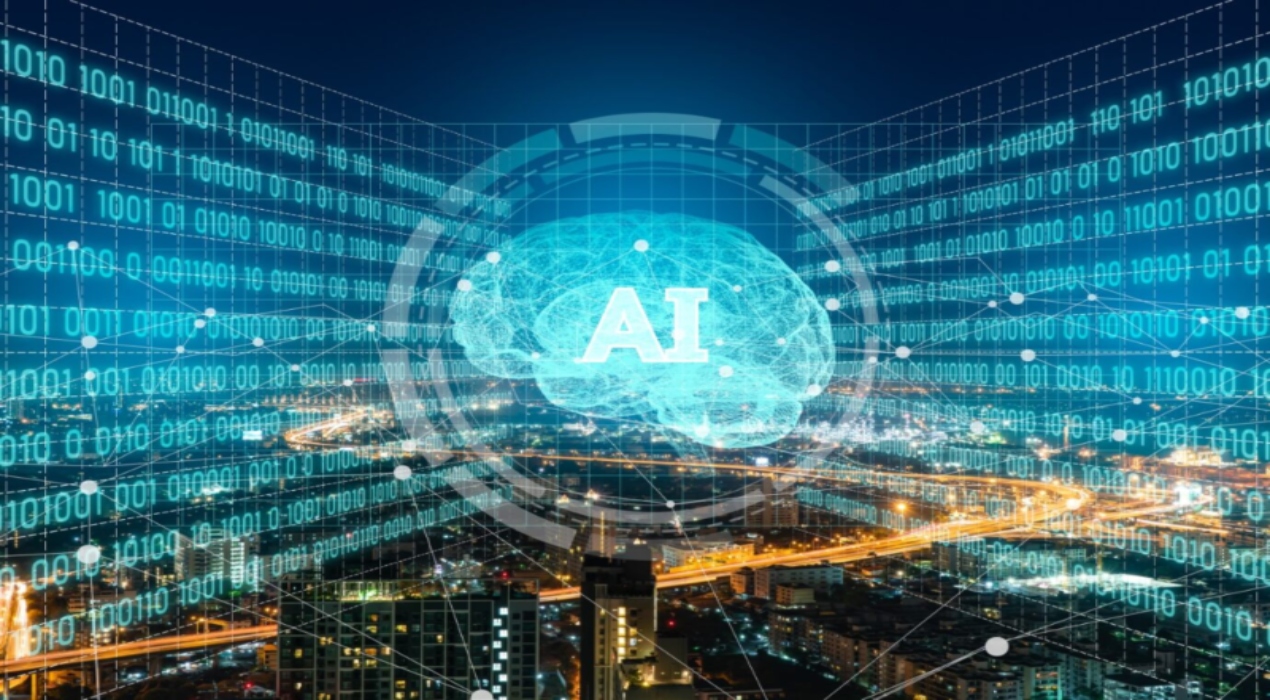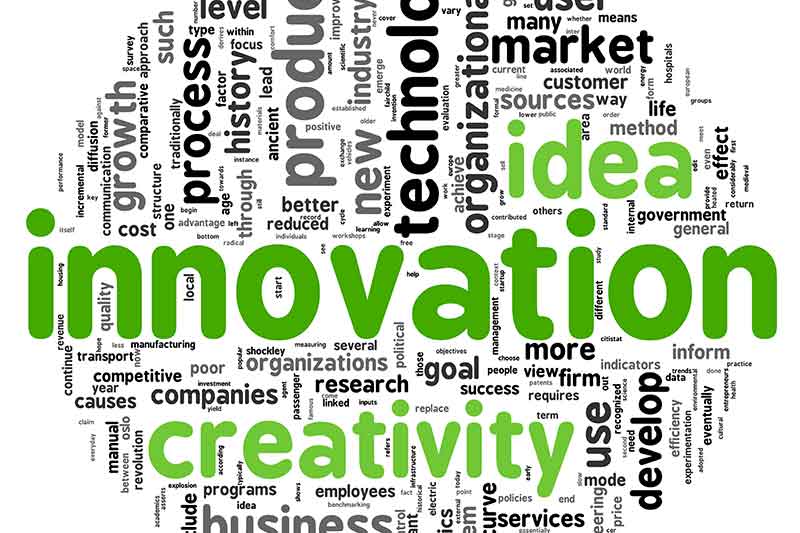
There is little doubt that all government agencies have been asked to be innovative and agile and generate efficiencies and greater effectiveness. The question is how?
Overview
This short discussion looks at some ways organisations might consider when embarking on their path to maximise the benefits of innovation. It offers suggestions around:
- capturing innovative ideas,
- deciding which ideas should be progressed,
- the importance of a test laboratory and the prototyping approach to prove the validity of new concepts and prepare the organisation for their adoption.
The use of affordable test and prototyping solutions removes much of the risk traditionally associated with the deployment of new, innovative, solutions. It supports the ‘fail fast, fail cheaply’ approach recommended by many. By the time a decision is made to move from a prototype to a fully-integrated solution, organisations know that the concept will work – a far cry from the uncertainty associated with older-style, non-agile methodologies.
Where do the great ideas come from?
There are many sources of innovative ideas. Capturing lessons from clients/customers, processes that seek contributions from other agencies, business partners or the community (through crowd-sourcing, open data strategies, etc) are proven sources of inspiration. Importantly, an organisation needs to have a well-understood and resourced process in place to allow innovative ideas to be tested and implemented.
The innovation framework needs to be capable of initiating though around a business problem/opportunity and also capture unprompted ideas from internal and external sources. In some ways this is not a new process – many will recall or be aware of ‘staff suggestion’ and ‘customer feedback’ schemes.
Open Data – the Fuel for Innovation
Australia’s capacity to remain competitive in the digital economy is contingent upon its ability to harness the value of data. Data volumes are growing exponentially and so too is the potential value of this data. Publishing, linking and sharing data can create opportunities that neither government nor business can currently envisage. Publishing appropriately anonymised government data will stimulate innovation and enableeconomic outcomes.
Public Data Policy Statement, Prime MinisterThe Hon Malcolm Turnbull MP 7th December 2015 [1]
Sharing data allows government agencies to focus on delivering core public services. It encourages innovative solutions to our citizens' problems.
The Hon. Dominic Perrottet, MP, Minister for Finance, Services and Property[2]
Both of these positions are driven by the realisation that, in many cases, data is the fuel required for digital innovation. And the drive to make data available is based on the realisation that this process leverages a global talent-base of innovators who would otherwise be unable to see opportunities.
Engaging in-house resources
The seeds of innovation exist at many layers within agencies. Front-line staff who see a smarter way of working to save effort or time or to become more effective are often overlooked. This is the group of people who have to deliver the business outcomes at the front line and are typically amongst the first to see problems, issues and opportunities.
Many will ‘invent’ homebrew solutions that remain largely hidden from more senior staff. How many ‘unofficial’ or ‘unauthorised’ databases using MS Excel of MS Access exist within agencies? These ‘solutions’ are clear signs that employees find the ‘official’ systems inadequate but make their work more effective.
Some agencies respond by prohibiting the use of such tools. Several Australian Government agencies removed MS Access from their standard operating environment in 2014 to prevent employees from building their own ‘unauthorised’ databases.
The response was well-intentioned. Stand-alone databases or spreadsheets are usually not documented represents major risks to an agency. When the author of the solution moves to another role, the ‘solution’ is likely to fail and attempts to ‘fix’ it will be expensive, time-consuming and expensive.
Understanding what business need is being met by the unsupported databases is, however, a primary input to innovation within an agency. Employees should be rewarded for their attempts to work smarter and the best reward for most is to see their ideas become part of the corporate operational model. When this happens, employees will be encouraged to come forward with their new ideas, creating a rich pool of innovation energy.
Too Many Good Ideas – Managing the Flood
Agencies will have limited resources available to explore concepts and ideas. A process is required to ensure that the innovation culture is supported. A potential framework is shown below:
- All ideas are considered by appropriate experts (these may be in-house or contracted resources or a combination.
- The assessment process needs to be evidence-based:
- does the idea support the business outcomes of the agency?
- Is there a chance that the idea can be realised?
- If the above criteria are satisfied, then it is worth testing the concept in a lab and test bed.
- If tests prove that the idea is technically achievable, affordable and practical, then a prototype is warranted to develop the proposal with the end-users.
- Successful prototypes can then be submitted for full deployment.
- Innovators responsible for the concept should be acknowledged and appropriately rewarded.

Figure 1: An outline innovation triaging model
Some Approaches and Tools
The innovation team needs to be able to demonstrate the viability, efficiency and effectiveness to all of the stakeholders. The following is one approach that has worked in a large Australian Government department.

Figure 2: Evidence-based innovation: concepts that do not work, or work as well as intended, are abandoned early, others move to the next stage.
Test
All innovative ideas benefit by having these ideas and approaches tested. If an idea does not work in the ‘laboratory’ then it is unlikely to work in the real-world.
The Laboratory is a cheap, safe environment that can be used to test ideas, tools, processes, new technology and measure the outcomes. Air-gapped systems, synthetic test data, access controls and other security measures allow teams to test their ideas quickly and report on the viability of the innovation. Trial software, free open source and affordable commercial software and cloud-based solutions enable the laboratory process. The CEO, CFO, CIO and Cyber Security team should have little concern if this is appropriately established.
The laboratory tests need to answer some key questions:
- Will the technology suite work to achieve the required business benefit?
- What are the performance metrics (efficiency, workability, robustness, likely effort to build, deploy and maintain)?
- What skills are required to support the solution into deployment and through-life?
Realistic performance metrics will be needed to convince all stakeholders that the innovation is worth pursuing. Engaging IT infrastructure and security teams will provide them with early exposure to the proposed system, making it easier for these teams to contribute to the solution.
A critical role of the test laboratory is to allow for demonstration of the concept to stakeholders and gain support for the development of a prototype.
Prototype
The prototyping platform needs to be agile, permitting iterative development while supporting the identified technologies. The prototype should ‘sell’ the solution to the business unit(s). By working very closely with end-users on the prototyping platform, business units will not only become familiar with the new solution but will contribute significantly to its development and final acceptance. As much as possible, the end-users should assume ‘ownership’ of the solution and drive its development.
In many cases, a mature prototype might provide substantial business benefits. It is, in many ways, a more mature version of those homebrew solutions mentioned earlier.
Deployment
Once the prototype has reached maturity, the data model, user interface requirements, business processes and system impacts have been determined. Porting this to core infrastructure, while not trivial, should be fast. Moreover, provided this porting process is effective, the business benefits and user acceptance are guaranteed.
Typically, the full integration into corporate systems offers additional utility not available to prototypes ensuring that the integrated corporate solution will be welcomed in the workplace.
Bringing key stakeholders on board
The following list is not exclusive but highlights some common partners whose support is needed in digital innovation:
1. Chief Executive.The CEO typically accepts ultimate responsibility for managing all risks. The CEO is also expected to continually improve the core business functions in an agency and deliver efficient and effective outcomes. Communicating the innovative concept with the CEO needs to be conscious of these roles. This does not mean that risk is hidden or ignored but the CEO will need to know what and how much risk is associated with an innovation and will balance that against potential business benefits and consider the implementation costs.
2. Chief Finance Officer. The CFO needs to be convinced that the innovation is affordable and will typically focus on the cost-benefit analysis. It is interesting to note that, in many organisations, the Bring your own devices solutions for smartphones/tablet computers was driven with strong support from the CFOs who could easily see large reductions in costs to the agencies by having staff pay for their own devices and communication costs (some of the savings had, of course, to be channelled to mobile device management systems to enable staff to connect safely to corporate systems).
3. Chief Information Officer.The CIO (and Chief Data Officers and Chief Technical Officers) are primarily concerned with the secure management of core corporate data and the infrastructure required to support this. Any use of the corporate data or infrastructure by an innovative solution represents:
- a potential diversion of technical (staff) resources to support the new innovation;
- risk to existing structures and systems,
- potential requirement for new skills,
- down-stream support costs,
- potential challenges to existing vendor relationships, and
- potential challenges to existing budget allocations.
4. Cyber (IT) Security.Anything new requires risk assessments to ensure that it does not create unacceptable vulnerabilities. This can be very challenging for Cyber Security teams that may not have the skills required to properly assess security vulnerabilities inherent in the proposed solution.
Cyber Security advice to a CEO and/or the CIO that something new represents a high level of risk is one quick way of stalling or killing off an innovative project. The assessment may be based on the simple fact that the solution uses systems, approaches or platforms that are new and not fully understood or the first of its kind.
5. The Supported Business Unit.The business area that is intended to utilise the innovation needs to be its champion. This is not always easy to achieve unless the innovators can demonstrate clear business benefits and utility for this unit. Even then, the staff (and their leadership team) might remain unsupportive as they may not fully understand how the system works.
For example: staff in a client service area might have been using a simple rules-based profile to identify clients representing high risk. A simple set of rules is easy to understand by all workers and can be applied (either manually or coded into an IT system). The innovative idea is to use Bayesian analytics models to more accurately identify risky clients.
The data scientists can show that the system is 10 times more accurate than the rules-based approach but, as the operational staff and their managers cannot understand the new risk models, there might be little support for the new process.
Supporting a Culture of Innovation
The above process provides a fast, economical and secure pathway for data innovation in Government. Innovative ideas are encouraged and then tested. Good ideas that cannot be implemented are identified while those that can work and are likely to generate business benefits, will quickly become part of the organisational tool-kit. Importantly:
- benefits can be demonstrated to the C-suite and the end users and their managers;
- work on ideas that cannot be implemented ceases quickly without incurring large costs;
- risks are identified throughout the process and mitigated appropriately along the pathway;
- end-users and their managers are introduced to new ideas and will take ownership of the solution;
- the laboratory, test-bed and prototype work allows an accelerated development process leading to full integration;
- people who had the idea(s) are encouraged to have more since their ideas can now be tested and, if found workable, implemented;
- the laboratory-approach encourages a culture of constantly looking for and testing new tools, solutions and approaches and ensures that organisations are agile, seize opportunities and solve problems quickly; and
- organisations that use such an approach will attract and retain talented staff who will see the culture as dynamic and rewarding.
[1]https://www.dpmc.gov.au/sites/default/files/publications/aust_govt_public_data_policy_statement_1.pdf
[2]http://data.nsw.gov.au



